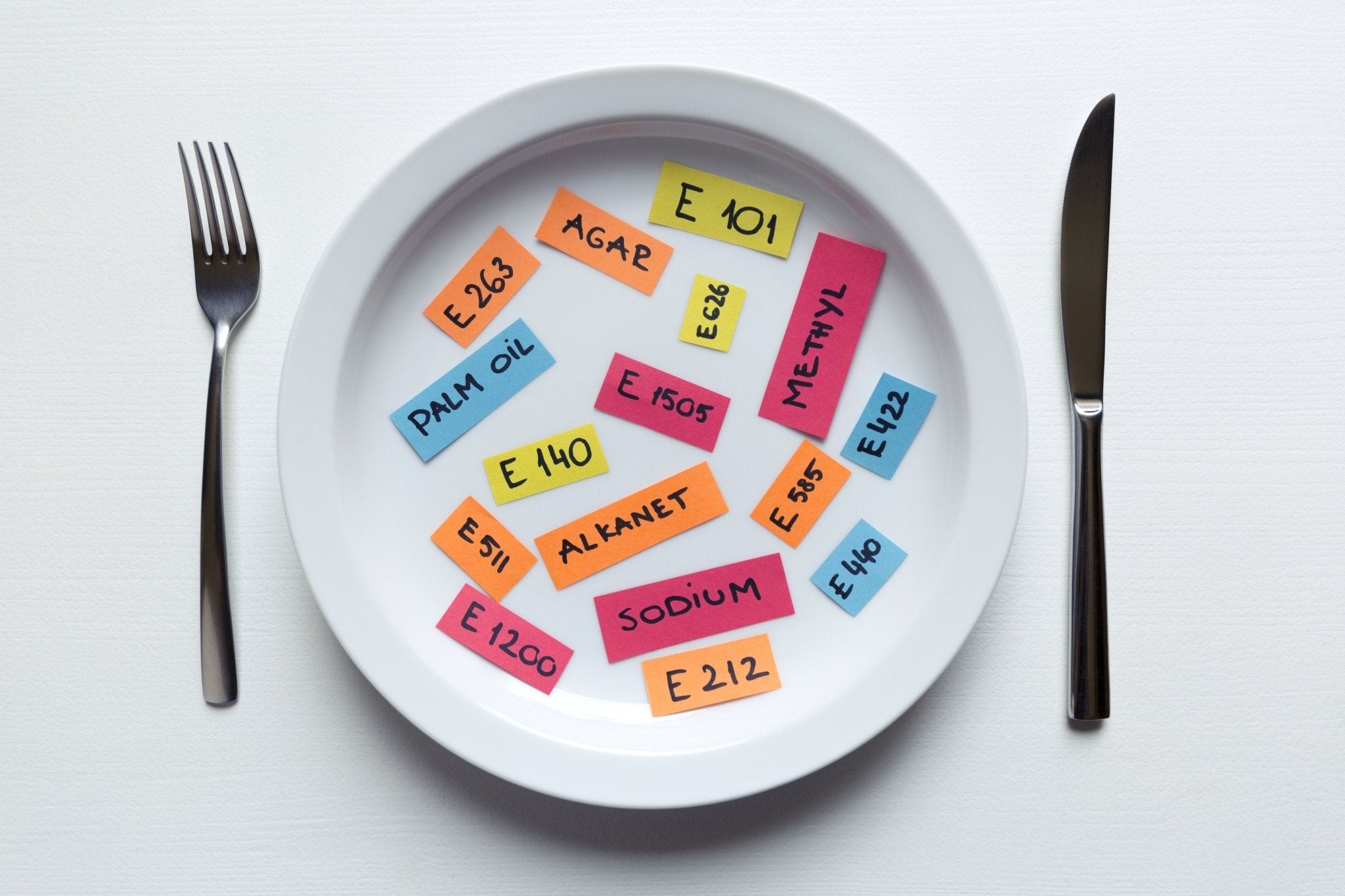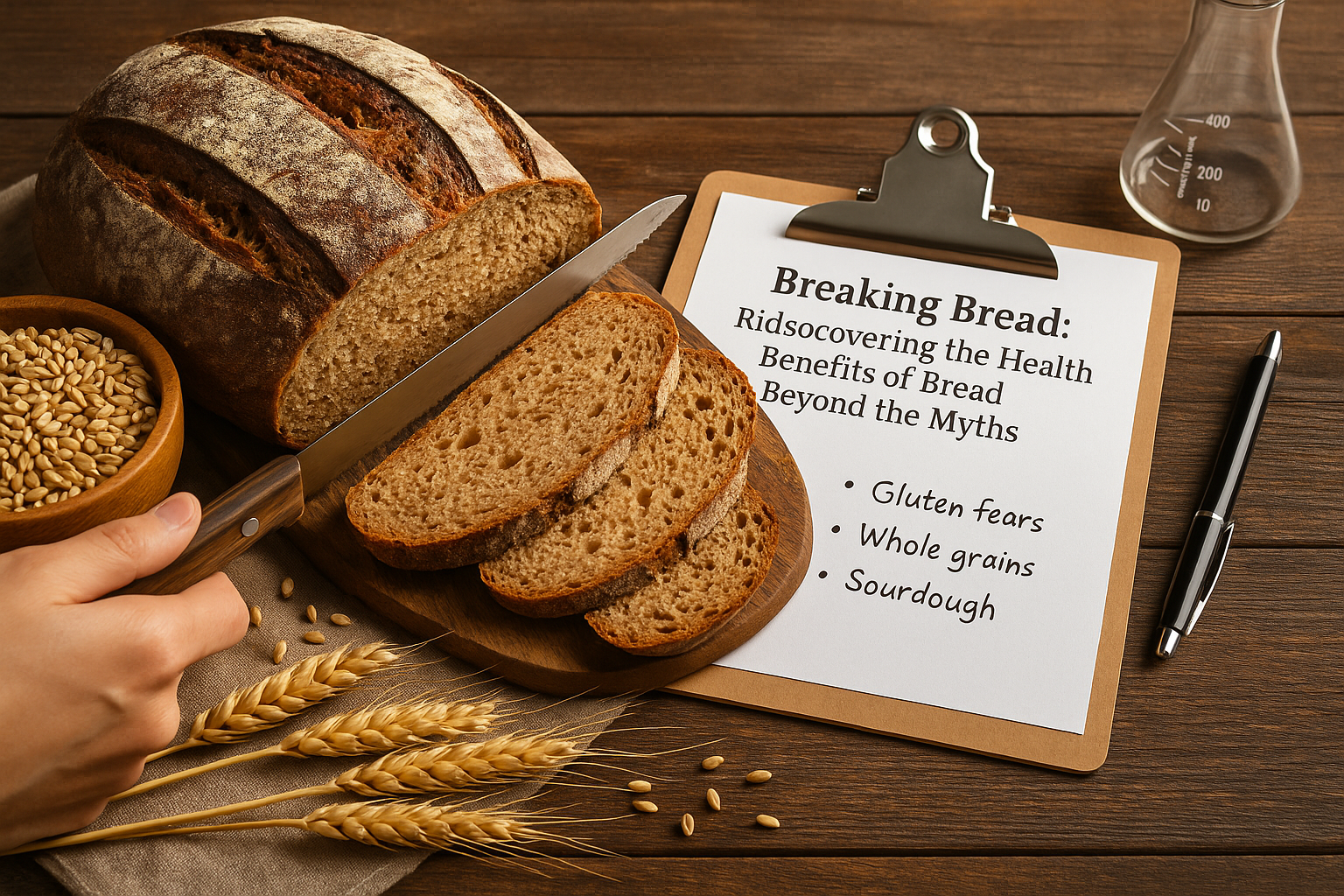
What Are Stabilizers? A Beginner’s Guide
SUBSCRIBE TO OUR BLOG
Promotions, new products, and recipes.
When it comes to understanding food stabilizer agents, there is a fair amount to consider. With so many options, where do you start, and what do these products actually do? These invisible heroes - food stabilizers - work behind the scenes to ensure that your sauces are smooth, your ice cream is creamy, and your salad dressings are perfectly emulsified. In this comprehensive article, we discuss the world of food stabilizers, shedding light on what they are, how they work, and the various types available.
Whether you are a professional chef or a home cook looking to elevate your culinary skills, understanding these unsung heroes can make a world of difference in your kitchen.
What is a Food Stabilizer?
What exactly are food stabilizers, and what purpose do they serve in home, pastry, and hot kitchens?
Food stabilizers are a class of additives used in cooking and food production to improve and maintain the texture, appearance, and shelf life of various food products.
They serve as essential tools for achieving the desired consistency and structure in foods, preventing them from deteriorating, separating, or undergoing undesirable changes during storage or preparation.
How Do Stabilizers in Food Work?
The science behind food stabilizers.
Food stabilizers work by interacting with the components of a food product, such as water, fats, and proteins, to modify its physical properties. They accomplish this through various mechanisms, including thickening, gelling, emulsifying, and suspending. Here is more detail about these mechanisms:
- Thickening: Stabilizers like sodium alginate powder and tara gum powder are well-loved for their thickening properties. They increase the viscosity of liquids, providing a smooth and creamy texture to soups, sauces, and dressings.
- Gelling: Certain stabilizers, such as agar agar, are excellent at forming gels when mixed with water. This property is frequently used in desserts like panna cotta and aspic.
- Emulsifying: Stabilizers like xanthan gum are brilliant at emulsifying, which means they help blend common immiscible ingredients like oil and water in salad dressings and sauces, preventing them from separating.
- Suspending: In beverages and salad dressings, stabilizers like locust bean powder can help suspend solid particles evenly throughout the liquid, ensuring a consistent and appealing appearance.
Common Types of Food Stabilizers
Food stabilizers come in a wide variety of forms, with some being derived from natural sources, while others are synthetically produced. Here are a few of the most common types:

Chemical food stabilizers include guar gum and xanthan gum.
Chemical Stabilizers:
These are typically synthetic additives, often labeled with numbers, that are added to foods for their stabilizing properties. While some may raise concerns about their safety, they are thoroughly tested and approved for consumption by regulatory agencies. Examples include:
- Guar gum: A widely used thickening agent and stabilizer, guar gum is typically found in ice cream, salad dressings, and gluten-free baked goods.
- Xanthan gum: Known for its ability to create a smooth texture, xanthan gum is frequently used in gluten-free products, sauces, and soups.
Natural Stabilizers:
Derived from natural sources, these stabilizers are considered more 'clean label' ingredients, making them appealing to users seeking more natural food products. Some popular natural stabilizers include:
- Agar agar: Extracted from seaweed, agar agar is a vegetarian-friendly gelling agent used in making jellies, custards, and vegan desserts.
- Tara gum powder: Derived from the seeds of the tara tree, this natural stabilizer is known for its thickening and stabilizing properties, making it ideal for use in ice creams and dairy alternatives.
- Sodium alginate powder: Extracted from brown algae, sodium alginate is used as a thickening agent and is famous for its role in molecular gastronomy, where it is used to create encapsulated flavors.
Chemical vs. Natural Stabilizers: Which is best?
The choice between chemical and natural stabilizers depends on factors such as dietary restrictions, taste preferences, and clean label considerations. Here is a closer look at the key differences between these two categories:
Chemical Stabilizers:
Pros:
- Often more cost-effective.
- Highly efficient in small quantities.
- Long shelf life.
- Wide availability.
Cons:
- May raise concerns about synthetic additives.
- Limited use in organic or natural food products.
- Some consumers may have sensitivities or allergies.
Natural Stabilizers:
Pros:
- Offers clean label appeal.
- Suitable for vegetarian and vegan diets.
- Ideal for organic and natural food products.
- They may offer additional nutritional benefits.
Cons:
- They can sometimes be more expensive.
- May require higher quantities for the same effect.
- Limited availability in some regions.

Citrus jelly is made with the popular stabilizer agar agar.
Best Vegan Stabilizer
Meeting the needs of vegan consumers.
For anyone following cooking or serving vegan products, finding suitable stabilizers is crucial for creating dairy-free alternatives and plant-based desserts.
One of the top choices in this category is Agar Agar.
This natural gelling agent is extracted from red seaweed and has been a staple in vegan cooking for years. It is not only effective at gelling and stabilizing but also delivers a glossy finish to desserts like fruit jellies and panna cotta.
Agar agar's versatility and ease of use make it a go-to option for vegan culinary lovers.
Best Gluten-Free Stabilizer
For those with gluten sensitivities.
Gluten-free cooking can be challenging when it comes to achieving the desired texture and consistency in various dishes. Fortunately, Guar Gum and Tara Gum Powder are excellent gluten-free stabilizers that cater to these needs.
- Guar gum: This gluten-free natural stabilizer is particularly good at thickening and binding, making it an essential ingredient in gluten-free baking. It helps improve the texture of bread, cakes, and other gluten-free baked goods, ensuring they are less crumbly and more cohesive.
- Tara gum powder: Tara gum powder, derived from tara seeds, is another gluten-free option that excels in providing viscosity and stability. It's commonly used in gluten-free ice creams, as it prevents the formation of ice crystals, resulting in a smoother and creamier texture.

Tara seed pods from which tara gum powder is made.
Top Tips on Using a Food Stabilizer
Mastering the art of food stabilization.
To get the most out of your chosen food stabilizer, consider these tips:
- Start with small quantities: Stabilizers are rather potent, so it is best to begin with a small amount and gradually increase as needed to achieve the desired consistency.
- Dissolve thoroughly: Ensure that the stabilizer is completely dissolved in a small amount of liquid before adding it to your recipe. This prevents clumps, bumps, and lumps, and ensures even distribution.
- Experiment and adjust: Each stabilizer behaves slightly differently, so do not be afraid to experiment to find the right amount for your recipe. Small adjustments can make a major difference in texture and consistency.
- Be patient: Some stabilizers, like agar agar, require time to set or thicken. Allow sufficient time for the stabilizer to work its magic before evaluating the results.
- Consider synergies: Combining stabilizers together can sometimes yield better results. For example, using guar gum and xanthan gum together can create a more balanced texture in gluten-free baked goods.
Wrapping It Up
Food stabilizers may not take center stage in the culinary world, but their impact on the texture, appearance, and overall quality of your favorite dishes cannot be overstated.
From creating creamy vegan desserts with agar agar to perfecting gluten-free bread with guar gum, these additives are essential tools for both professional chefs and home cooks.
Whether you go for natural or chemical stabilizers, understanding their properties and applications empowers you to take your food and recipe creations to the next level.
So, the next time you enjoy a velvety sauce or a silky vegan dessert, you will know that food stabilizers played a vital role in bringing that delicious experience to your plate.
Check out our full range of stabilizer agents here and feel free to contact us at info@capecrystalbrands.com with any queries. We’d be happy to answer any questions you may have regarding our products and how to use them.


|
About the Author Ed is the founder of Cape Crystal Brands, editor of the Beginner’s Guide to Hydrocolloids, and a passionate advocate for making food science accessible to all. Discover premium ingredients, expert resources, and free formulation tools at capecrystalbrands.com/tools. — Ed |
Enjoyed this post? Subscribe to The Crystal Scoop
Food-science tips, ingredient know-how, and recipes. No spam—unsubscribe anytime.
- Choosing a selection results in a full page refresh.



